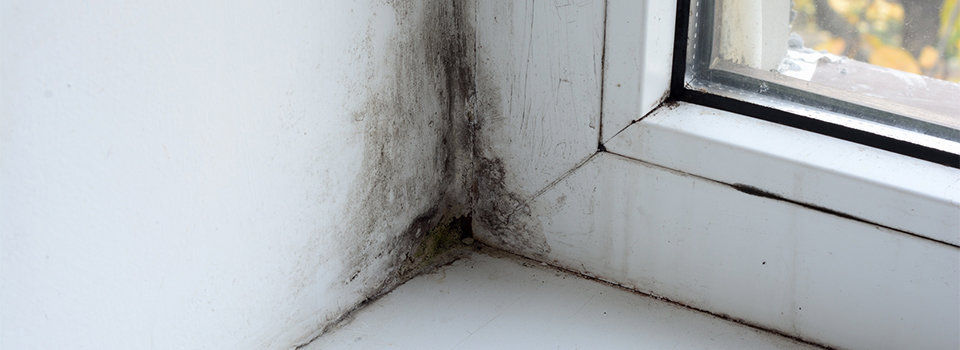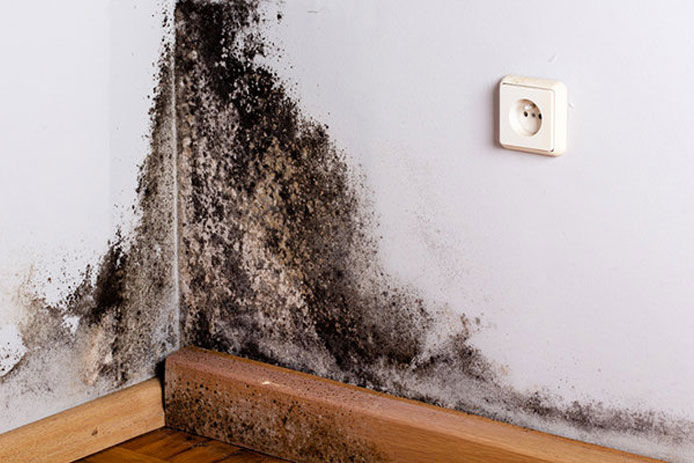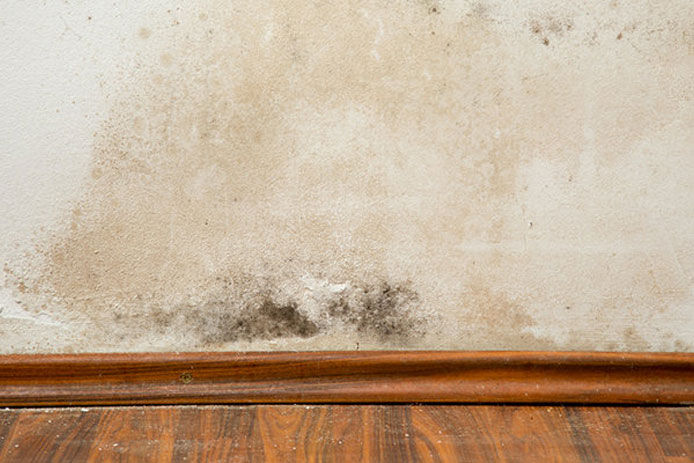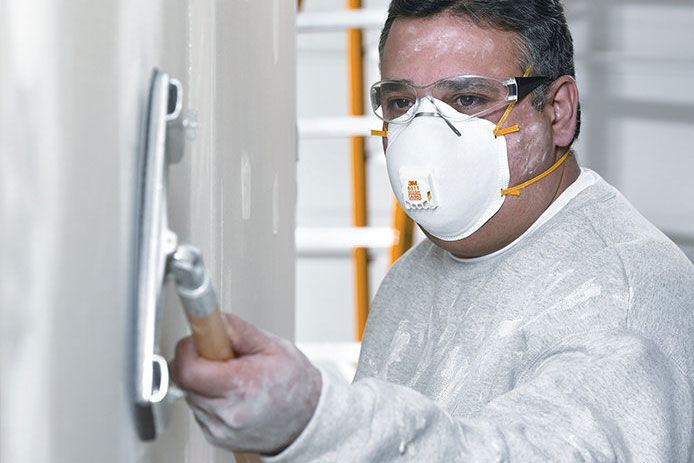How do you get rid of mold and mildew?
Fortunately, many types of mold and mildew can be cleaned up with a cleaning agent and some elbow grease. Want to test an area and see if you have mold or mildew growth, or if it's simply dirty? Put a few drops of liquid bleach on the area; if it starts to lighten within a couple of minutes, then it's likely mold or mildew.





